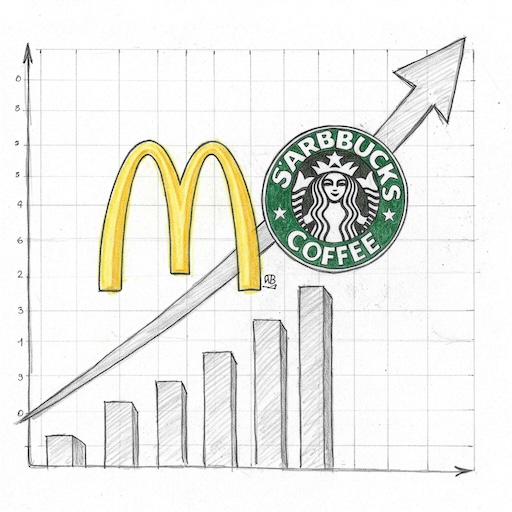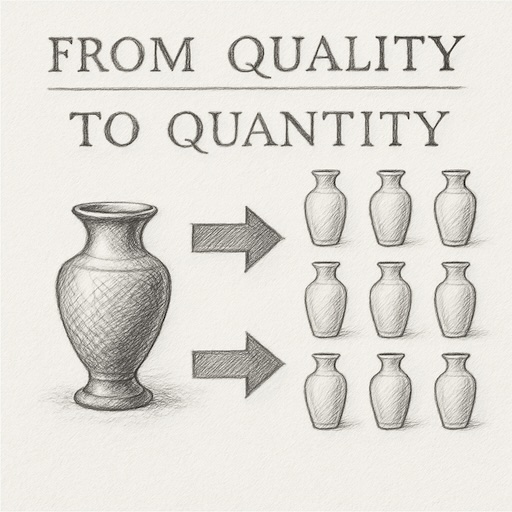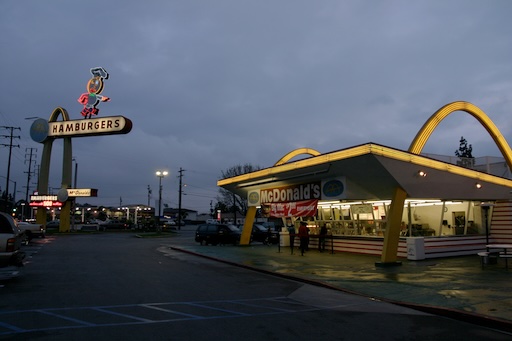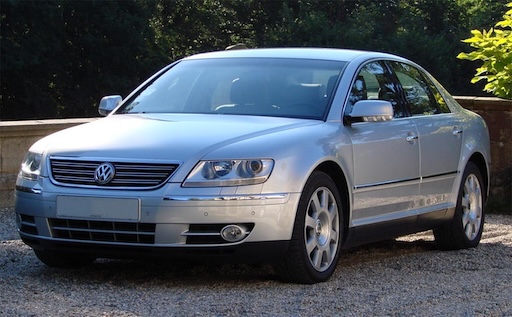From Quality to Quantity: The Evolution of McDonald’s and Starbucks
In the 1940s and 1950s, many fast food restaurants in the United States served meals that were high in fat and calories. By contrast, the McDonald brothers offered a simpler menu that emphasized ingredient quality, making their food relatively healthier for the time. They also used a unique method to prepare their French fries—soaking them in cold water to remove excess starch, which resulted in a crispier texture. Ray saw the opportunity to scale the McDonald brothers’ efficient service model beyond small-town operations and bring it to a nationwide audience across America.
Two Men, Two Questions: How Curiosity Built McDonald’s and Starbucks
McDonald’s was founded in the 1940s by the McDonald brothers, who aimed to provide simple, affordable, and tasty fast food. Starting as a single drive-in restaurant in California, they revolutionized the fast-food industry with their “Speedee Service System.”
The Impact of Brand Strategy: A Tale of Two Automakers
A brand is an intangible asset that influences consumer choices through emotional connections and value propositions. A brand is built on long-term trust and perception. Destroying a brand is easy, but building one takes time and strategic effort. Changing the perception of an established brand is almost impossible.
The Irony of Innovation: When Pioneers Fall Behind
It’s a fascinating phenomenon when industry leaders invent groundbreaking technologies but ultimately fail to capitalize on them.
A classic example is Kodak, which invented the first digital camera in 1975. Despite this groundbreaking innovation, Kodak chose to focus on its traditional film business. It wasn’t until the early 2000s that digital cameras began to outsell film cameras, signaling the end of an era for Kodak. Companies like Sony, Canon, and Nikon led the digital camera revolution, investing heavily in R&D and shifting their strategies early to embrace digital photography. Their willingness to adapt allowed them to dominate the market that Kodak helped invent but failed to lead.




